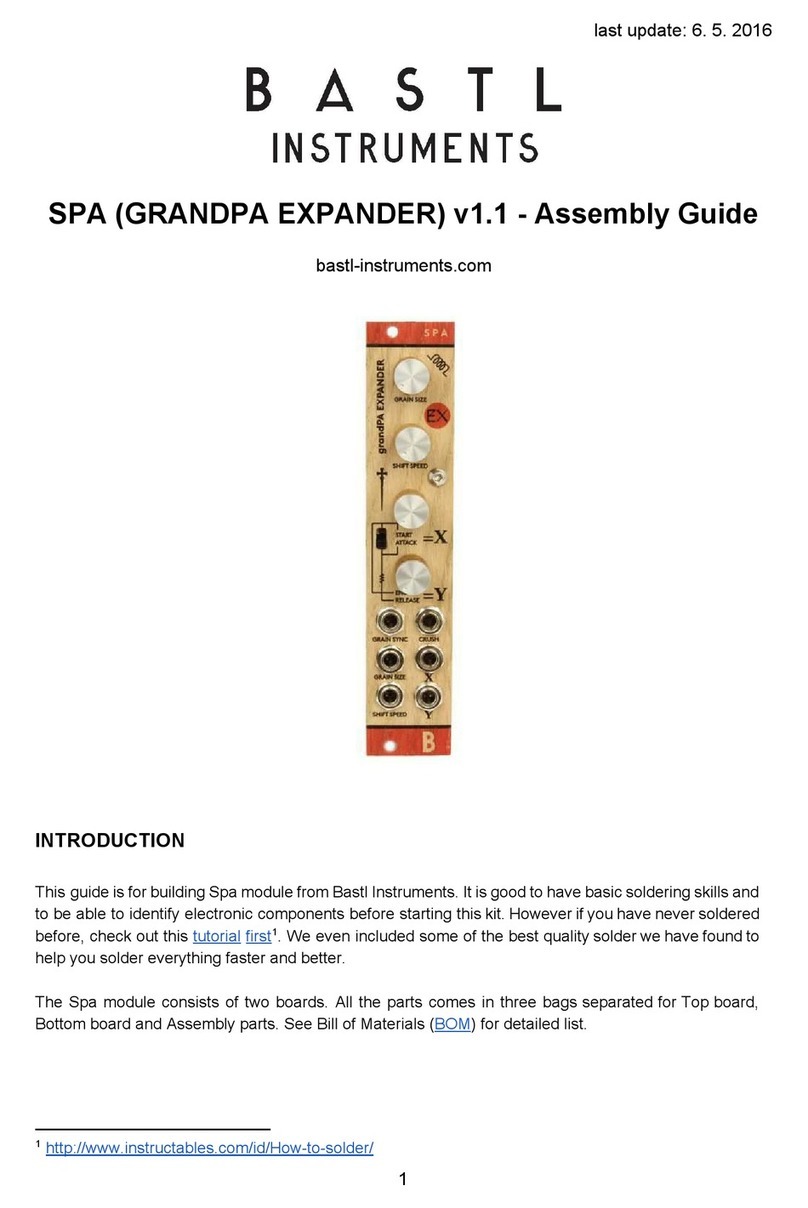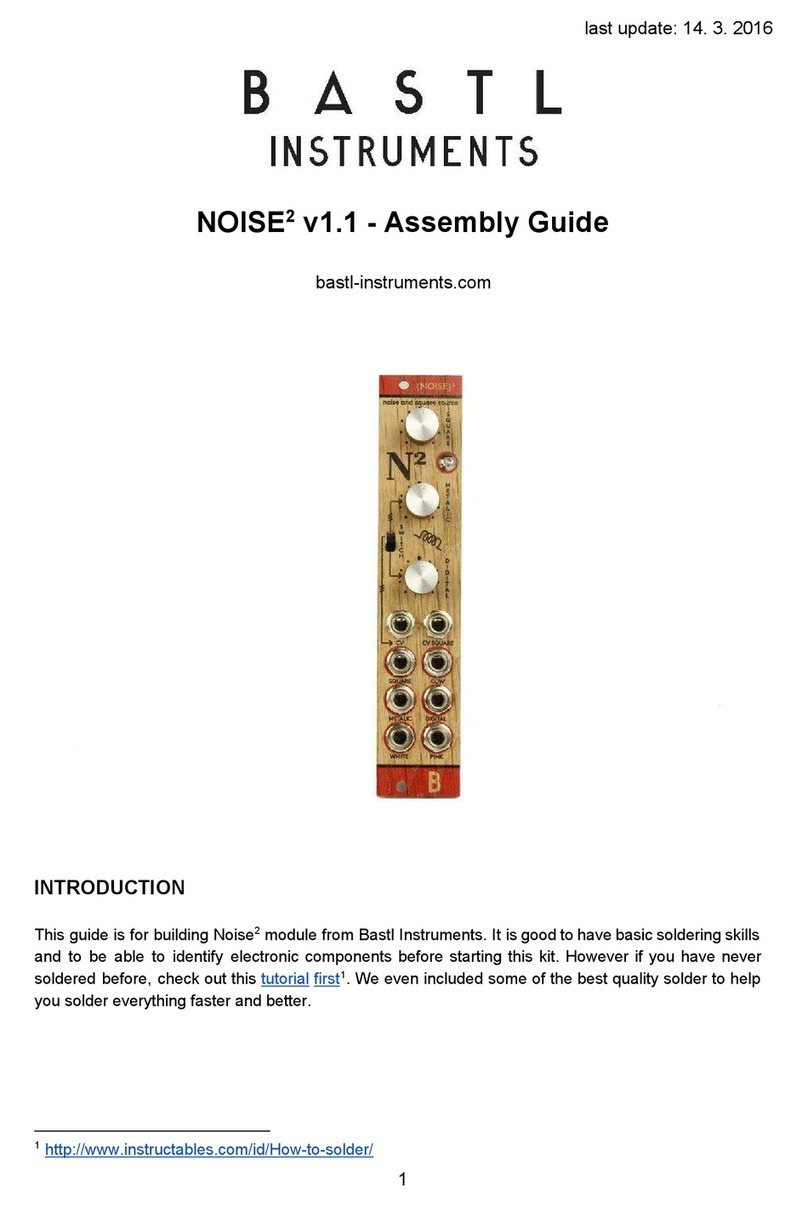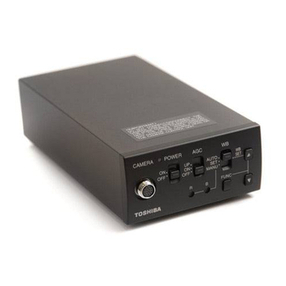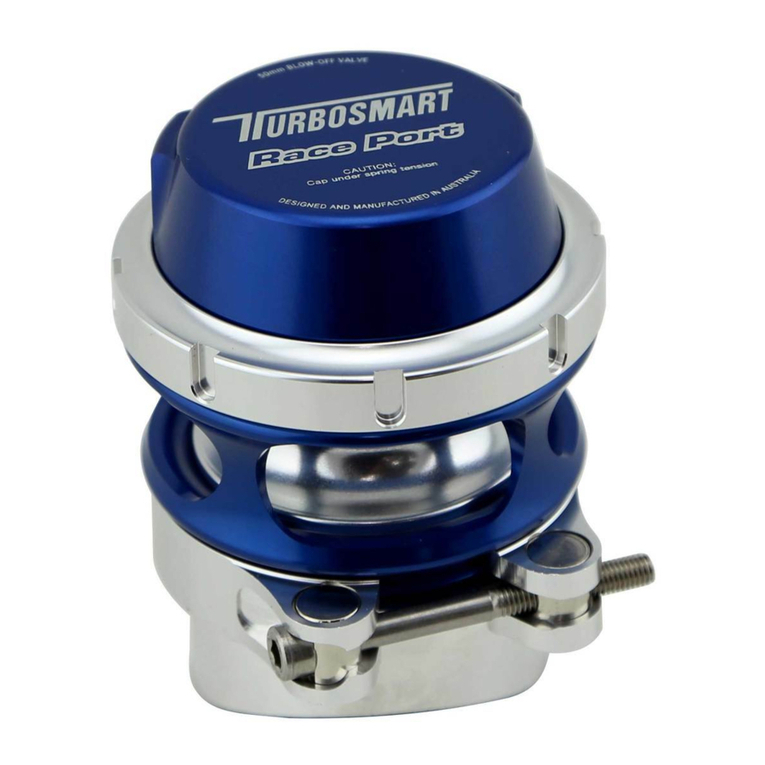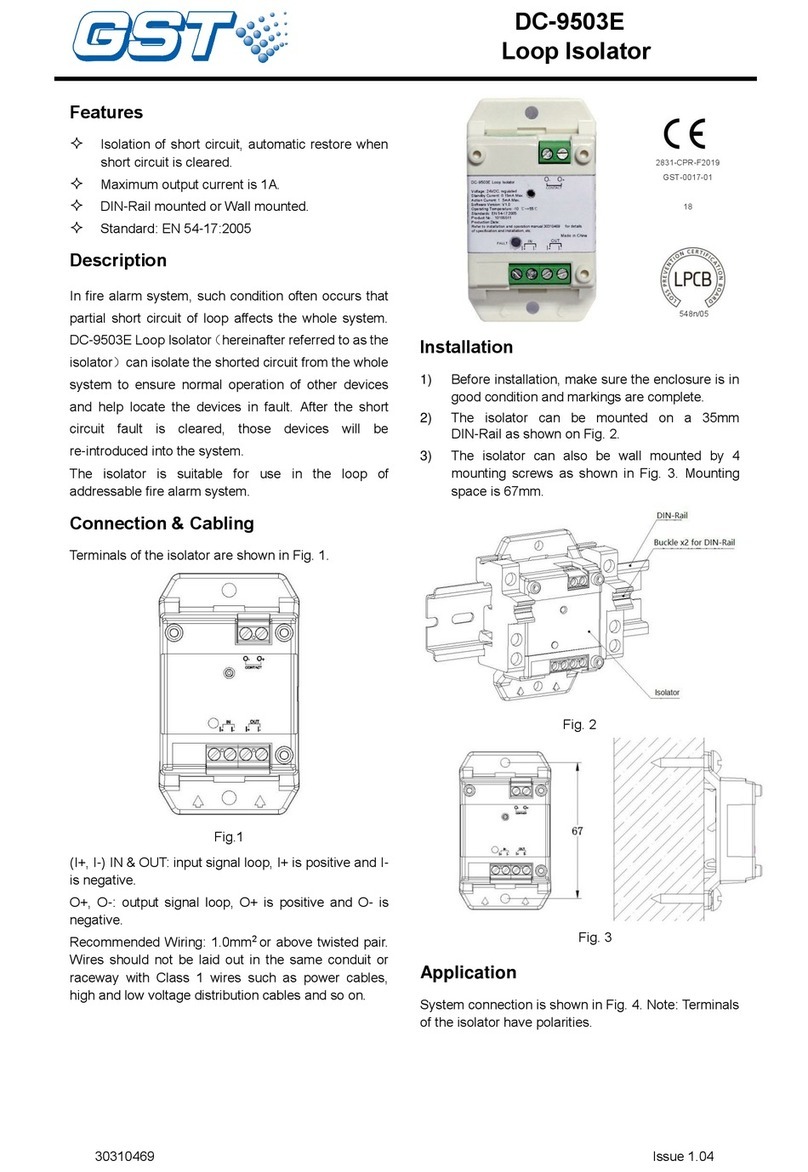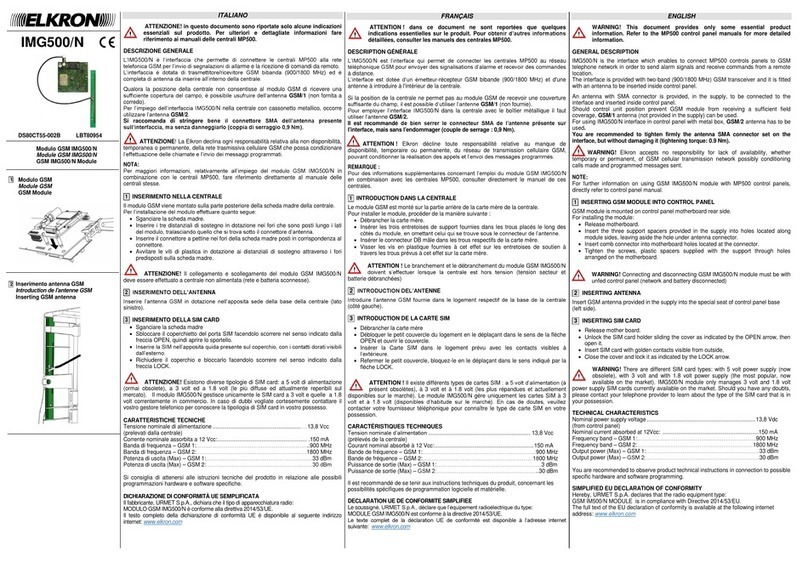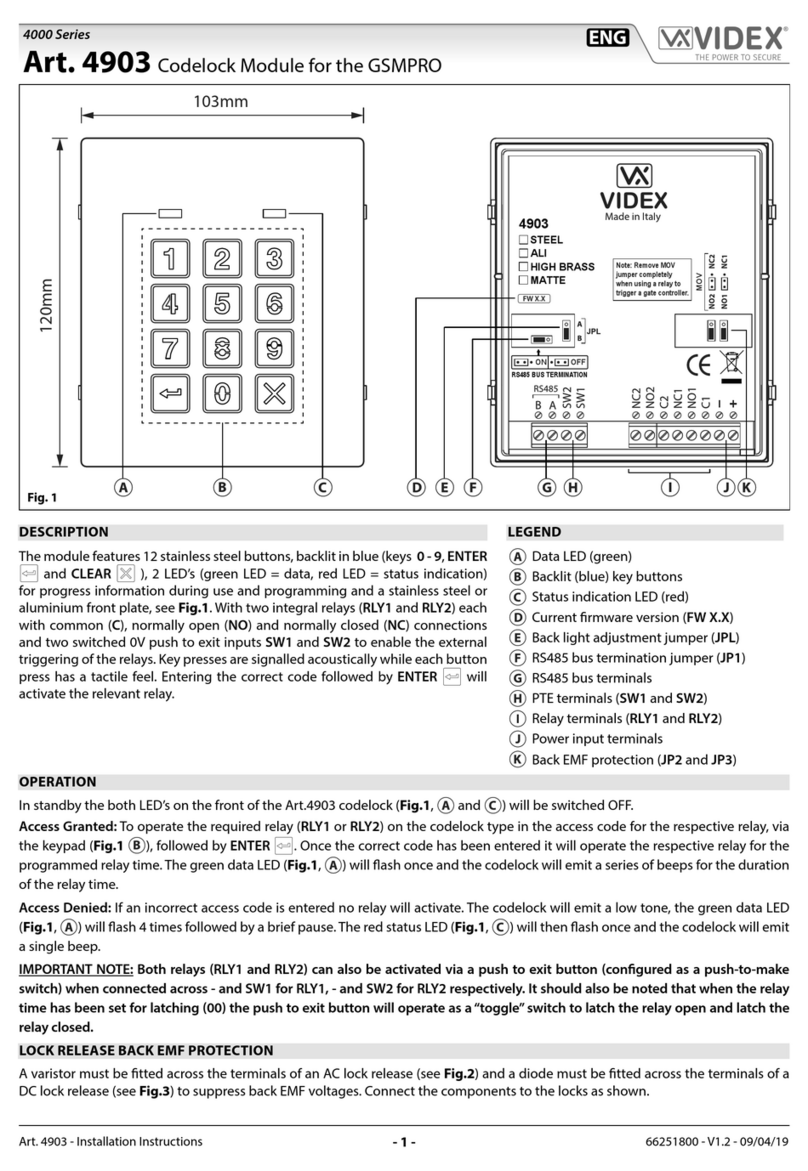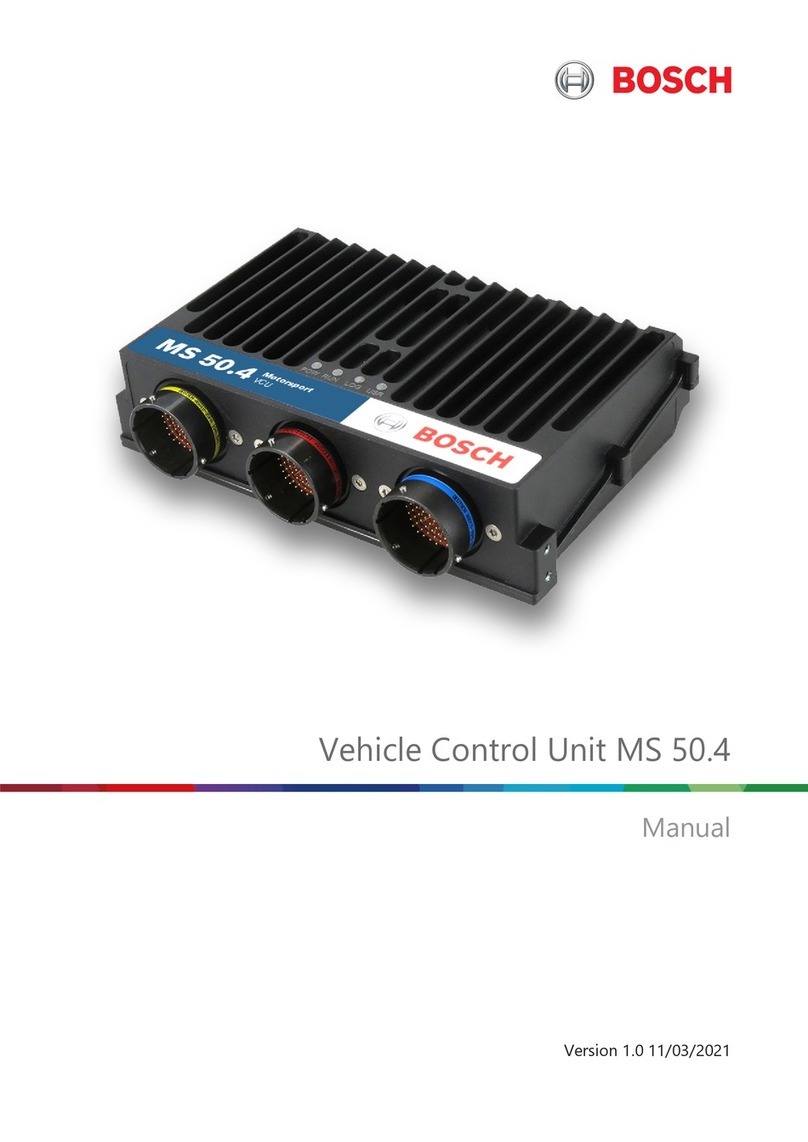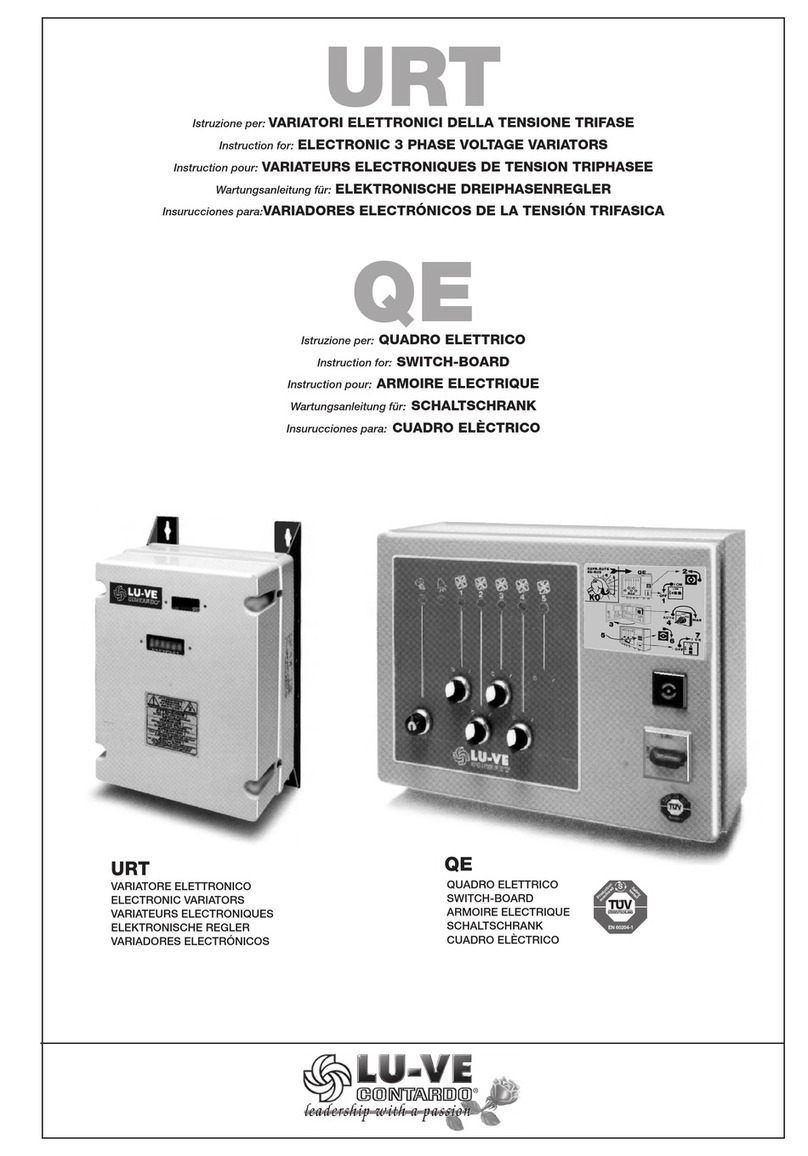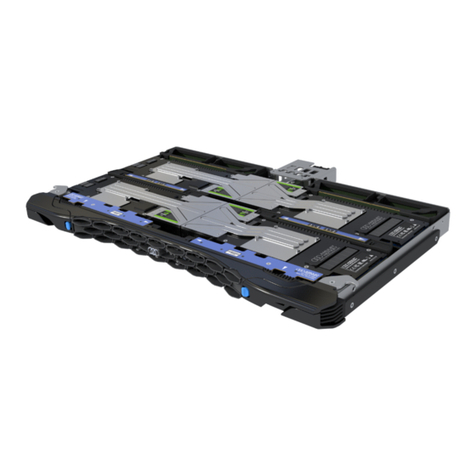Bastl Instruments Little Nerd User manual

lastupdate:9.3.2016
LITTLENERDv1.1AssemblyGuide
bastlinstruments.com
INTRODUCTION
This guide is for building Little Nerd module from Bastl Instruments. It is good to have basic soldering
skills and to be able to identify electronic components before starting this kit. However if you have never
soldered before, check out this tutorial first . We even included some of the best quality solder we have
1
foundtohelpyousoldereverythingfasterandbetter.
1http://www.instructables.com/id/Howtosolder/
1

The Little Nerd module consists of three boards. All the parts comes in four bags separated for Bottom
board,Connectorboard,PotsboardandAssemblyparts.SeeBillofMaterials(BOM)fordetailedlist.
Beforestartingthiskit,preparethefollowingtools:
Solderingiron(1520W)
Multimeter
Flushcutters
n2.hexscrewdriverorallenkey(enclosedwithkit)
Phillipsscrewdriver(cross)
WrenchNo.8
Protectiveeyewear
We suggest that you work in a clean and a well lit and ventilated environment to avoid accidents or
losinganyofthesmallcomponents.
Alsobrieflygothroughthisguideandmakesurethatyouunderstandallthesteps.
2

CONNECTORBOARD
Let’s start with the connector board PCB. Before you start soldering, take your time and find all the
resistorsvaluesusingamultimeter (oryoucancheckthecolorcodesifyouareseasonedenough).
2
Now insert and solder 21 resistors (7x 10k, 14x 1k). Then snip the leads as close to the PCB as you
can(besuretomakethissteponallremainingleadsinthecourseofthisguide).
Turn around the PCB and insert seven
transistors (2N3904). Watch out for
orientation! Flat side of transistors must
match the outline drawn on the PCB. You may
also want to push the leads in the upper part
closer to each other to insert the transistors
closer to the PCB (although they should not
beflatwiththePCB).
Next insert seven jacks and seven green LEDs. Be careful to put the longer lead of LEDs into the
plus (+) hole. Jacks must sit flat on the board, otherwise they will not come easy through the front
panel.Donotsolderanythingyet.
2https://learn.sparkfun.com/tutorials/howtouseamultimeter/measuringresistance
3

Now take the front panel and lower it down on the connector board. Hold it together and mount it with
two jack nuts on the first and the last jack connector (you do not have to tighten them too much as you
maydamagethewoodenpanel).
Then turn around this unit facing it with PCB upwards. Now push the LEDs leads to fit their heads on
panel. Make sure that everything is properly aligned. Finally you are ready to solder all the
components
4

The last thing to solder is to close two solder jumpers indicated by “IN” under the first and fifth jack
connector.Thisnormalizestheinputtogroundwhennothingispluggedin.Seetheimagebelow.
Unmount the connector board from the panel. As you can see some male pinheaders left. You will use
theminanotherstep.
POTSBOARD
Next you will build the pots board. Firstly insert three resistors (15k) and solder them. You should be
aware to let enough space for the 5 pin holes on the side (you will be soldering a male pinheader
therelater).
Take the six potentiometers and put them
on the board. They have to sit right on the
board and stand vertically. You can start
soldering only one leg of each pot, then check
the alignment and make an adjustment if
needed. Solder the other legs. Then let’s insert
andsoldertwosmallbuttons.
5

Now you want one 1x5 and one 1x8 male pinheader. If it is necessary cut the required length with
your flush cutters. Then put them from the other side and solder them. Be careful to solder the
pinheaders straight! You may first solder the middle pin, then take the board in your hand and reheat
that pin while pressing down on the header to align it (be careful though, you don’t want to touch the pin
youareheatingup).Waitforittocoolandsoldertherestofthepins.
Now it is time to insert RGB LED. The
longest lead should be in the third
hole as well as the flat sides of the
LED should match the printing. See
the picture to check the orientation. Do
notsolderyet!
Before soldering LED you should mount the board to the wooden panel first. Take two screws along
with two 10 mm spacers and fix them with the panel. Then let the board go through and secure it
withnutand11mmspacer.
6

Push the LED leads to fit it’s head
on panel and solder it. You can
keeptheboardonpanel.
BOTTOMBOARD
Now let’s make the bottom board. Again start with the resistors. There are five of them (3x 10k, 2x 1M)
and they are pretty signed on the board. After that solder the 1N4007 diode.Be careful, diodes are
polarized!Makesurethatthemarkingringonthediodebodymatchesthemarkingonthecircuitboard.
Next solder the 7805 voltage regulator. Bend
its legs as close to the body as possible, at a
right angle to make sure that it lies flat on the
circuitboard.
7

Then solder two IC sockets (1x 14 pin, 1x 28 pin). Make sure that the notch on the socket matches
theprintontheboard.
Now let’s do some other parts. There are three 100nF capacitors (marked 104), one protective fuse
(it looks quite similar to a ceramic capacitor but is placed in the “PTC” rectangular) and one 16MHz
resonator (the orange component with 3 leads). None of these parts are polarized so you can insert
theminanydirection.
It is time for more capacitors. Insert two 10μF
electrolytic capacitors and solder them.
However be careful, these are polarized!
There is a plus (+) sign on the PCB that should
match the longer lead of the capacitor (actually
the minus (–) side is also marked on the body of
thecapacitorwithawhitestrip).
8

Now insert two
transistors
(2N3906). Again,
watch out for
orientation! Flat side
of transistors must
match the outline
drawn on the PCB.
You also want to push
them closer to the
PCB. Next don’t forget
to place the ICs in the sockets (1x Atmega, 1x 74HC595). There is a notch on each IC that should
matchwiththesignonthesockets.Checkthepicture.
Turn around the PCB and prepare the four following male pinheaders parts with your flush cutters: 2
pin, 3 pin, 6 pin and 2x5 pin. You can see their placement on the next picture. Again you should be
carefultosolderthepinheadersstraight.
9

MOUNTINGOFTHEBOARDS
You are almost done now. You have to finally
connect all the boards together. Take the bottom
board and connector board first. Prepare two 3
pin headers (male and female), two 2x3 pin
headers (male and female) and pair them
together as shown on the picture. The female
headers goes on the bottom board. Use two 11
mm spacers and four screws to get the boards
together. Now solder both female and male
pinheaders.
Now prepare two female headers (5 pin, 8
pin). Press it on pots board male headers and
then take the two units, put them together
(use the last screw for mounting) and solder
thefemaleheadersonbottomboard.
10

FINALASSEMBLY
Congratulations! You have made it
through, now just secure the jacks to the
panel with the washers and the nuts
(keep in mind not to tighten the jack
nuts too much as you may damage the
panel!), install two jumpers and a
screw with the small nut on the
voltageregulator(seethepictures).
11

Before you connect anything, make sure that your system is disconnected from power. Also double
check the polarity of the ribbon cable, the red cable should match the 12V rail both on the module and
onthebusboard!
TROUBLESHOOTING
Thismaybethecommonproblemsandsolutions:
Inputsdon’tworkastheyshould
Checkoutthesolderedjointsagain.Ifneededheatupthemandaddabitofsolder.
Seetheinstalledpositionsofjumpers(seepage11)
CheckouttheICsorientation(seepage9)
RGBLEDisnotworkinghowitshould
Isitorientedtherightway?(seepage6)
Ifyouarehavingsomemoretrouble,thebestthingistotakeanap!Especiallylateatnight!
If you are still in trouble, you can send the detailed description of the problem with enclosed
highresolutionphotosondiy@bastlinstruments.com.
If you think that you are unable to make the module work on your own, consider our “Come to Daddy”
service.
12
Table of contents
Other Bastl Instruments Control Unit manuals
Popular Control Unit manuals by other brands

SMC Corporation
SMC Corporation EX250-SCN1 Technical specification
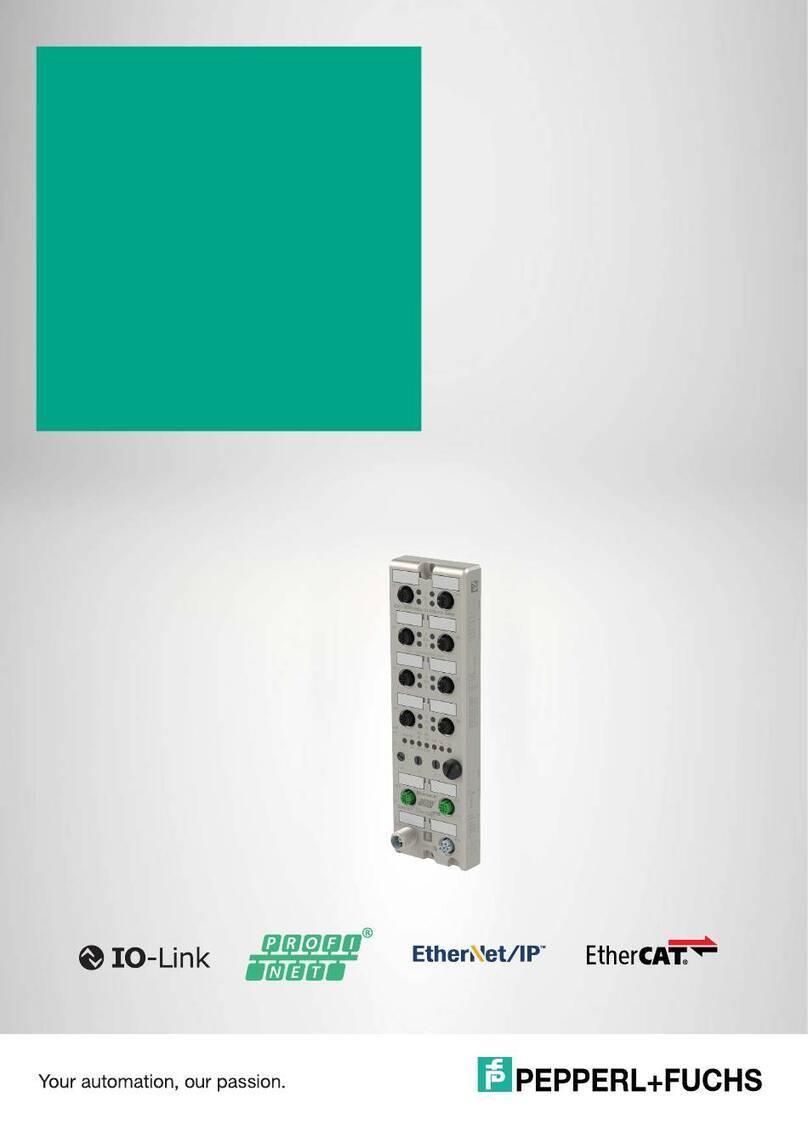
Pepperl+Fuchs
Pepperl+Fuchs ICE11-8IOL-G60L-V1D manual
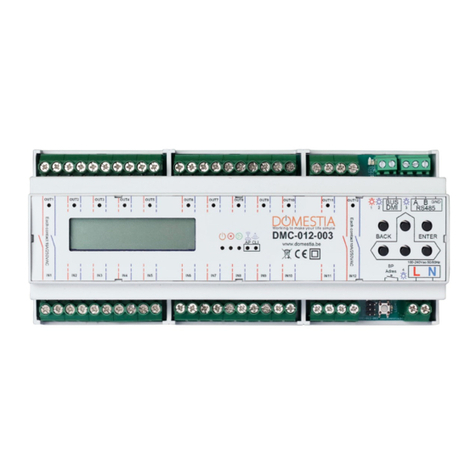
Domestia
Domestia DMC-012-003 S manual
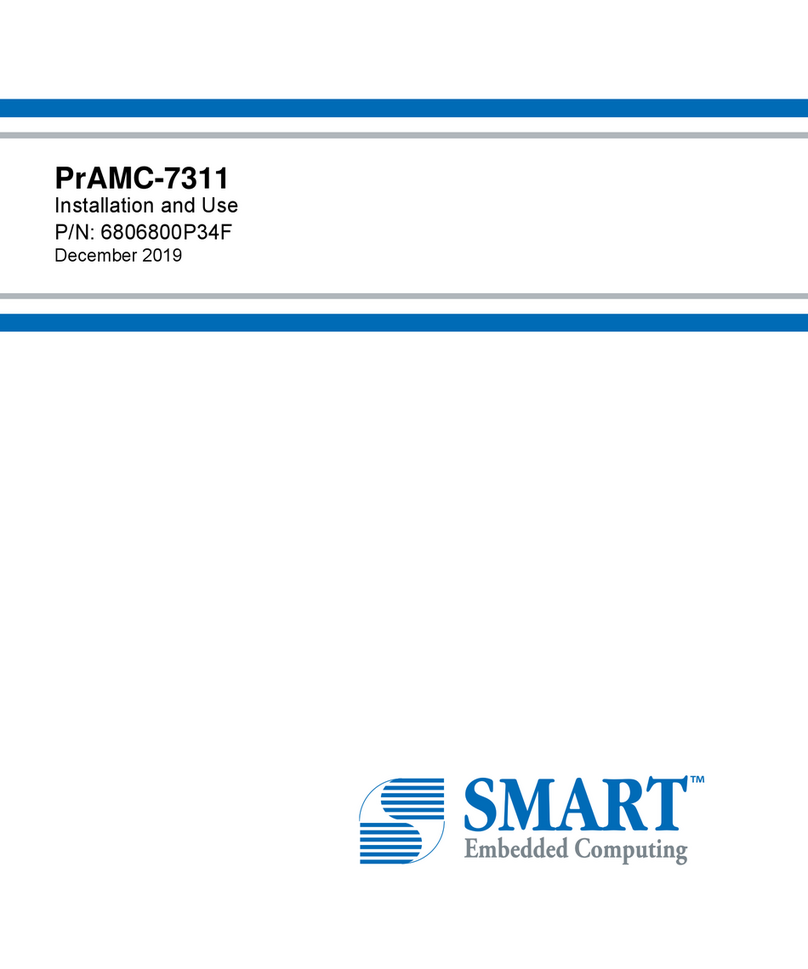
SMART Embedded Computing
SMART Embedded Computing PrAMC-7311 Installation and use
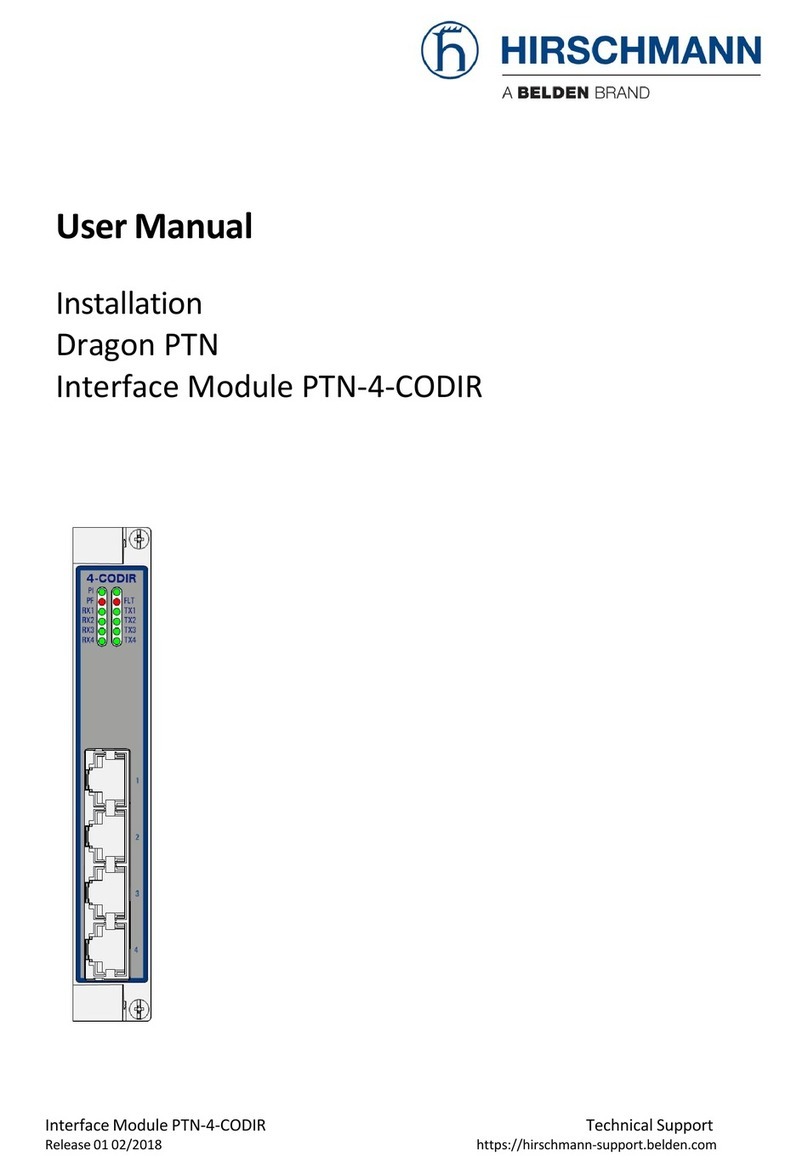
Hirschmann
Hirschmann Dragon PTN Series user manual
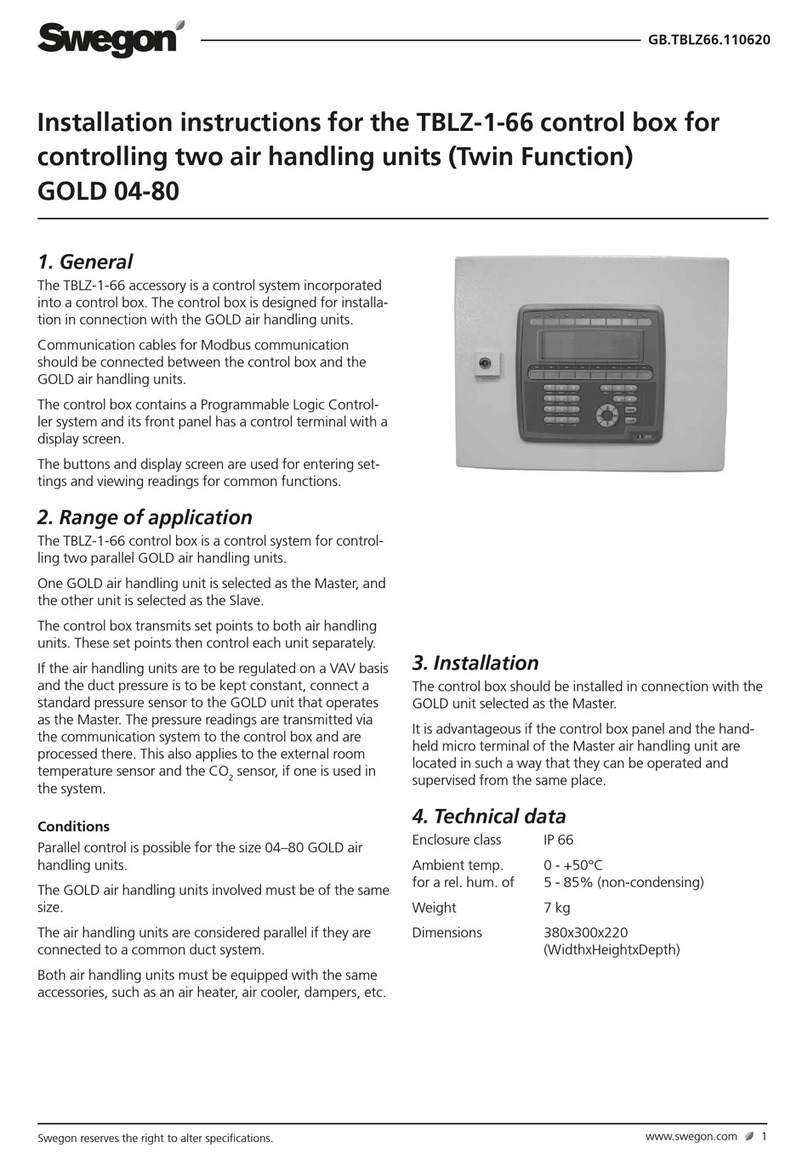
Swegon
Swegon TBLZ-1-66 installation instructions
